Choosing the right exterior siding in Southern Maryland and Northern Virginia is a big task that involves considering a variety of elements in order to make the proper choice for your home and budget requirements. It’s not only an investment but a major change to the appearance of your home’s exterior.
To begin your search, you’ll need to know all the options and what their pros and cons are. Find your fit with the tips from this exterior siding buyer’s guide for Northern Virginia roofing and Maryland homeowners.
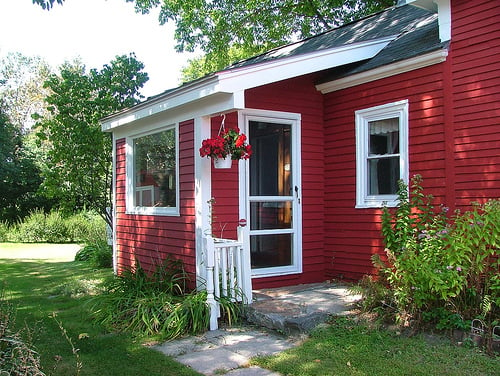
1. Vinyl Siding
Vinyl siding has become one of the most popular choices for exterior siding in Southern Maryland and Northern Virginia. Its vast array of colors and wood-grain or stone mimicked patterns makes it a favorite alternative to more expensive materials.
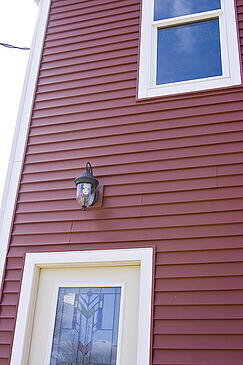
The Pros:
-
Vinyl siding is lightweight and quick to install.
-
Fully saturated with color to reduce the appearance of scratches.
-
Vinyl siding can be installed directly over existing material.
-
Insulated vinyl siding available for added energy efficiency (about 15% more expensive than traditional vinyl siding).
-
Little maintenance is required, no repainting necessary.
-
Easy to clean. Dirt rinses off.
-
Relatively low cost.
The Cons:
-
Standard panels are 12 feet long and so, the ends of each panel must be overlapped. This shows noticeable seams.
-
Extra long panels are available for an additional 30% from the standard size price.
-
Vinyl in vinyl sidings are composed of polyvinyl chloride (PVC), which lasts for decades in landfills and is often not recycled properly. The manufacturing of PVC can produce dioxin and other toxins that are bad for the environment.
2. Aluminum Siding
Some homeowners choose aluminum siding for their exterior siding in Southern Maryland and Northern Virginia because of its low cost and large selection of color choices. Aluminum requires little maintenance and is reasonably durable against high winds.
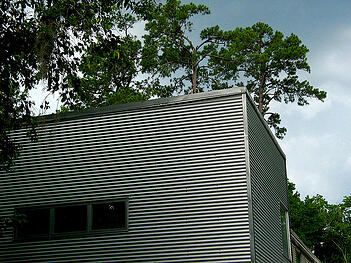
Pros:
-
Aluminum siding is great against rotting, insect and fire resistant.
-
Aluminum sidings does not crack in cold climates.
-
Is not influenced by temperatures, which usually causes swelling and shrinking of exterior siding.
-
Low cost.
Cons:
-
Aluminum siding is not impact resistant.
-
Shows visible seams that moisture can penetrate.
-
Aluminum siding is not a good insulator.
-
Fading and surface scratches are common.
3. Wood Siding
Wood siding is another popular option for exterior siding in Southern Maryland and Northern Virginia. It offers a unique charm to the outdoor appearance of your home and is available in a variety of different types that can be painted, stained or sealed to accomplish different effects.
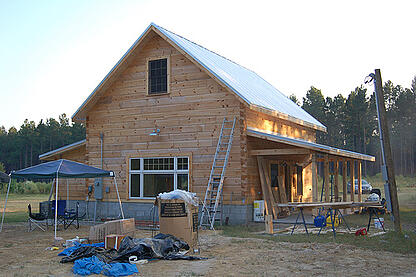
The Pros:
-
Wood siding can last for decades with proper maintenance. Reapply clear finishes every couple years, semi-transparent stains every three years and paints every five years to uphold the appearance and health of wood siding.
-
Wood sidings can be easily cut, shaped and installed.
-
Its natural beauty is the envy of many designers and architects, giving your home desirable curb appeal.
-
Wood siding is environmentally friendly and considered a highly sustainable resource.
The Cons:
-
Wood siding maintenance can easy add up to nearly $2,000 to $5,000 for a complete and proper refinish.
-
Superior grades of wood for wood sidings can be very expensive.
-
Existing siding material must be removed before wood siding can be installed.
4. Fiber Cement Siding
Growing in preference is fiber cement exterior siding in Southern Maryland and Northern Virginia. The material is a combination of wood pulp, cement, clay and sand that can be molded to mimic wood clapboard, shingles, stucco and masonry.
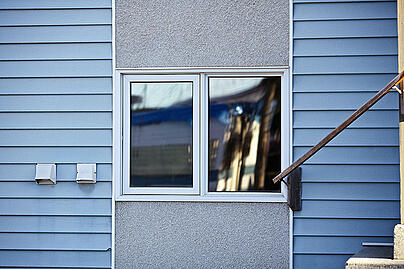
The Pros:
-
Fiber cement siding is extremely compatible with paint.
-
It’s available in a variety of factory-applied finishes.
-
Resists the expanding and shrinking that naturally occurs with temperature change to minimize cracks.
-
Termite and rot resistant.
-
Fire resistant.
-
Fiber cement siding is extremely durable.
The Cons:
-
Fiber cement siding is made with a very heavy material that requires proper install technique and tools that add to the cost.
-
Not every home improvement contractor will have the expertise to install fiber cement exterior siding in Southern Maryland and Northern Virginia.
-
Pre-existing exterior siding must be removed before install.
-
Because the fiber cement siding material is relatively new, the industry isn’t certain how long it will last before needing to be replaced.
5. Stucco Siding
For an extremely durable product that can last a lifetime, homeowners are opting for stucco siding as their preferred exterior siding in Southern Maryland and Northern Virginia. Stucco sidings creates an inimitable style with an epoxy mixture that resists chipping.
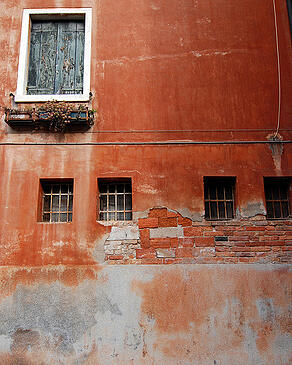
Pros:
-
Stucco sidings sdd toners to the mixture for gorgeous, seemingly organic color.
-
Does not require repainting if color is added to the mixture.
-
Stucco sidings are fire and insect resistant.
-
Low maintenance.
-
New-age mixtures use earth and lime instead of Portland cement, the likes of which is linked to CO2 emissions.
Cons:
-
Professional installation necessary for stucco sidings.
-
Large amount of prep work needed before installation.
6. Engineered Wood Siding
A less expensive alternative to fiber cement siding and authentic wood siding is engineered wood for exterior siding in Southern Maryland and Northern Virginia. It’s comparably durable and can be purchased in a number of styles like beaded lap, rough-sawn clapboard and wood-shingles.
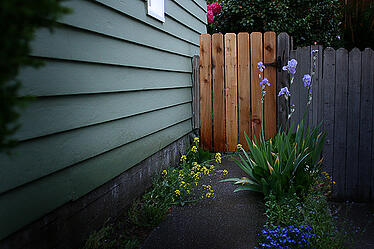
Pros:
-
Engineered wood siding comes ready-to-paint, primed or with factory finishes.
-
Up to a 50-year warranty available on some products.
-
Easy to work with.
-
Impermeable to insects.
-
Product waste is minimal with low-VOC.
Cons:
-
Early versions of engineered wood siding failed because of moisture retention problems.
-
Newer versions of the product have not been around long enough to prove duration.
7. Synthetic Stone Siding
Made to resemble stone types like granite and limestone, synthetic stone siding is commonly selected for exterior siding in Southern Maryland and Northern Virginia over the real thing. Made from a mixture of cement, sand and aggregate, the final product looks authentic and is generally used for accent areas of a home’s exterior like lower walls or chimneys.
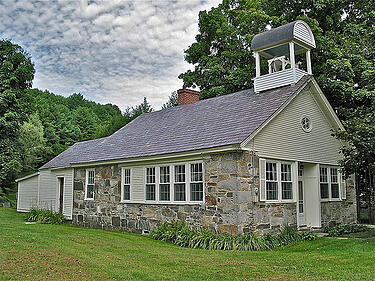
Pros:
-
Synthetic stone siding is less expensive than real stone.
-
Lightweight and does not require additional foundation footing support.
-
Synthetic siding is fire and insect resistant.
-
Reduces the demand for real stone that can be detrimental to the environments from which it is extracted.
-
No toxin output.
Cons:
-
While less expensive than real stone, it’s still among the most expensive exterior sidings in Southern Maryland and Northern Virginia.
Now that you know the pros, cons and costs of the most frequently selected exterior siding in Southern Maryland and Northern Virginia, you’re better equipped to start shopping around. Be sure to enlist the help of an experienced and professional home improvement contractor. They can help to narrow down your search and install whichever exterior siding you choose.
Image credits: origamidon, tifotter, qousqous, Kevin H., Justin Shearer, cdsessums, Michelle Souliere



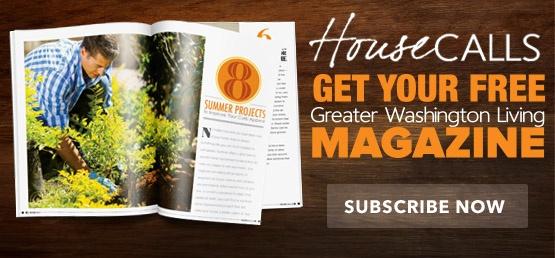


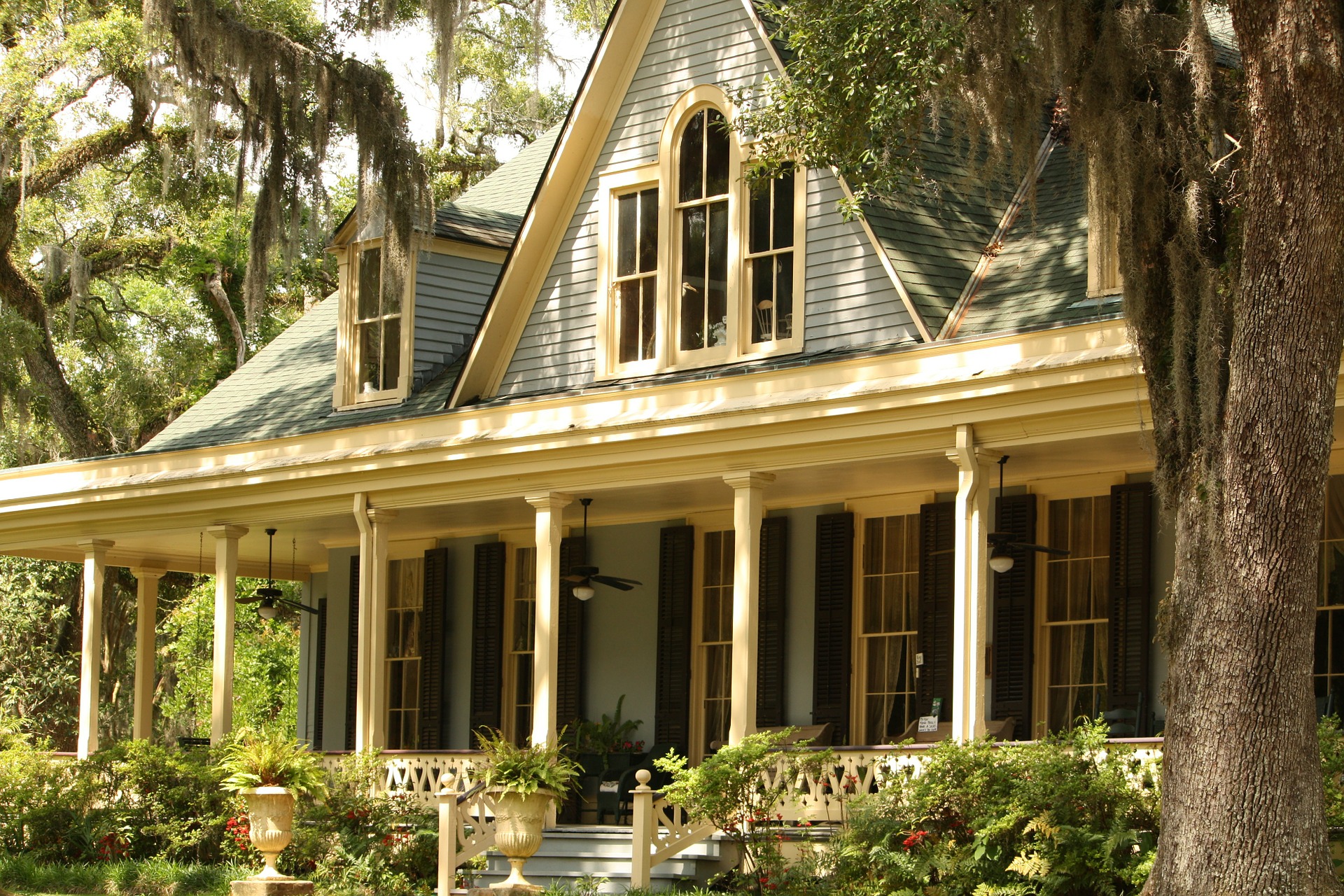
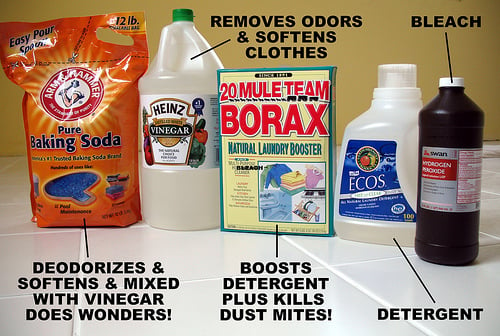
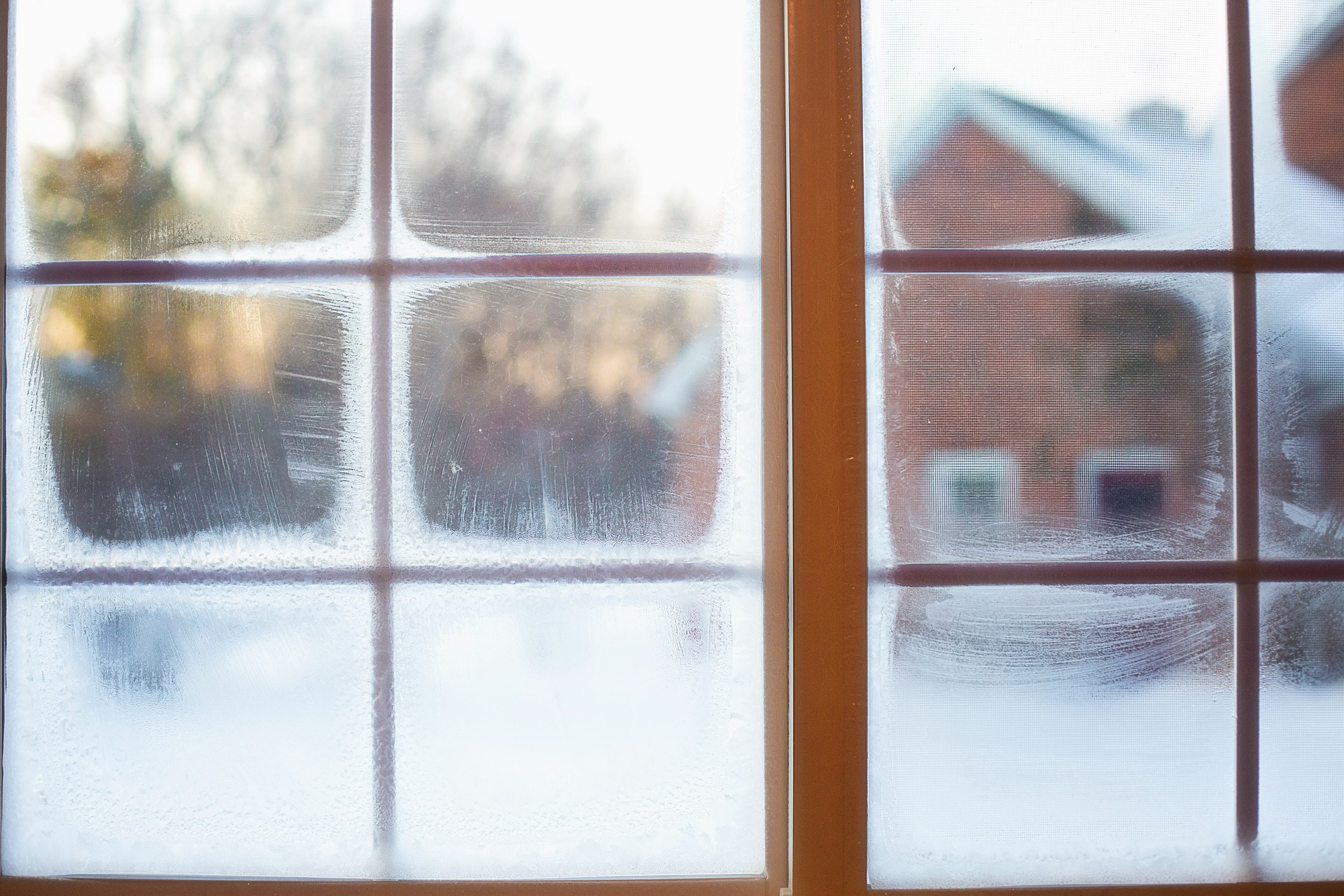


Comments